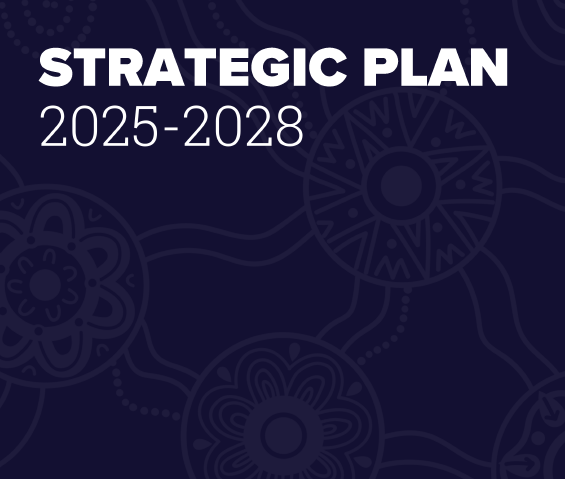This resource offers a comprehensive self-analysis tool to help your group assess each stage of the data lifecycle, enabling reflection and highlighting opportunities to strengthen community decision-making (119KB...
ASHBURTON ABORIGINAL CORPORATION

Dreaming big and the importance of planning
Ashburton Aboriginal Corporation (AAC) benefits Aboriginal people in the Pilbara through increasing employment and enterprise opportunities, and by providing education and training services.
AAC wanted to do something to help the local youth. The organisation had been discussing different ideas about what to do for over two years but nothing seemed to stick, until someone suggested sub-leasing a section of a local station named Peedamulla to run a youth training facility.
The initial dream was to run a section of Peedamulla as a training facility in the areas of station work, station management and hospitality and in addition, create a viable commercial business for the benefit of Ashburton Shire Aboriginal communities.
The Board of Directors and the CEO agreed that it would be a great opportunity for the youth of the Ashburton region, but despite the initial excitement over the proposal everyone was well aware that dreaming big was just the beginning.
There were a lot of factors that the Board of Directors needed to take into consideration to make sure their dream for Peedamulla station would become a reality. Things such as, negotiating with the Peedamulla station managers for a sublease, structuring the training program, updating existing infrastructure, organising contractors, finding staff for the facility as well as hiring a station manager. However, first they needed to consider whether the dream for Peedamulla was one that was practically viable. Through careful planning and consideration, the Board of Directors and the CEO identified other practical issues which needed to be taken into account before the youth training facility could be up and running. These issues involved answering questions about whether the land at the station needed to be regenerated. How many head of cattle could the land sustainably maintain? Was there water access on the property? And what were the costs involved in getting things up and running?
After these and many other issues were identified, the Board and the CEO painstakingly worked through them one by one to make sure their dream of a youth training facility would not fall by the wayside due to bad planning and rash decision making.
Everyone involved in the initial planning stages knew that in order to make their dream into a reality they would have to work through every issue they could think of, right down to the smallest detail. This was not a quick process and doing it right took a couple of months.
Janet Brown, CEO of ACC, talks of the careful planning process undertaken by Board;
“A risk analysis was undertaken as a part of the whole consultation process (but we don’t give it that name). We came out knowing about the land needing regeneration, the risks of putting too many cattle on the land at first – and things like that. But the bottom line was that we decided to go ahead. At the first meeting we talked about how much it was going to cost, what the potential issues might be with accessing Peedamulla’s water. At the second meeting everything was on the table and the Directors looked at everything they could. We do this as a matter of course. We look at proposals over time. At the first meeting we float the idea. At the next meeting we might bring up someone to present and make sure the full range of information is on the table and then we have a robust discussion. By the third meeting we may be ready to reach consensus, but only after everyone has had a chance to think things through”
The Board was determined to see the dream for their youth training facility come alive and through extensive planning and careful consideration they were able to make this happen.
Today, the training facility is known as Ashmulla and is run on over 1 million hectares. At present the Board, CEO and station manager are all working towards getting Ashmulla stocked up and running at a profit to benefit the Ashburton Shire Aboriginal communities.
The process of taking a dream from the boardroom table through to an operational enterprise was a long one, but well worth it. With careful planning and good decision making, Ashmulla looks to be successful well into the future.
Doreen James, chairperson of AAC, is excited by the possibilities for not only for the youth in her own community but also for Aboriginal youth from other communities stating that “Doing work on the station will help build resilience and give young ones more purpose and new set of skills”.









.png)

